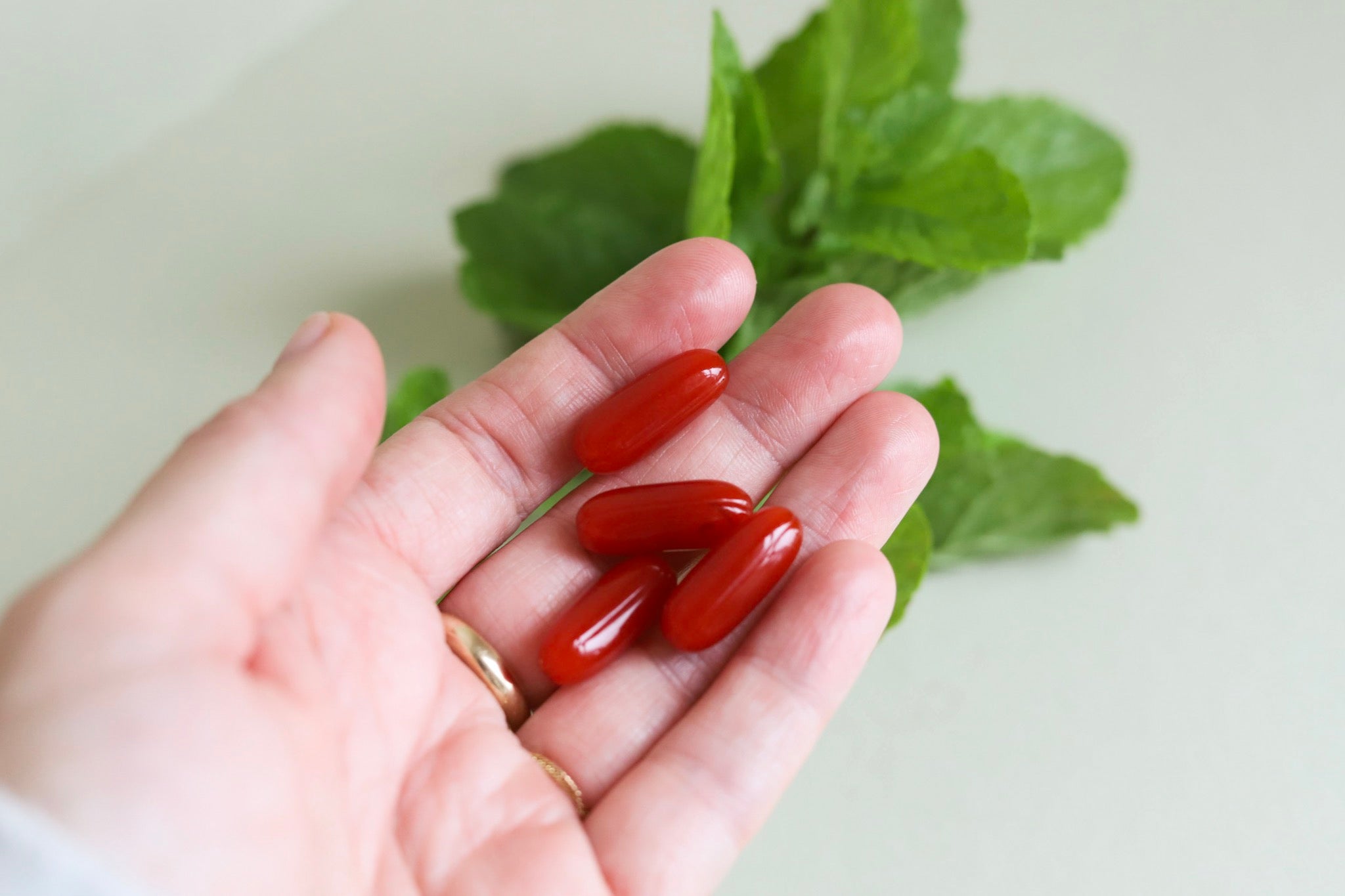How to Naturally Boost GLP-1 for Better Blood Sugar and Metabolic Health

If you’re on a journey toward better health — whether that means balancing blood sugar, managing weight, or just feeling more energized — there’s a hormone you’ll want to know about: GLP-1 (short for Glucagon-like Peptide-1).
GLP-1 plays a powerful role in how our bodies manage glucose and appetite. It’s also the target of several popular medications for diabetes and weight loss. But did you know that you can support your body’s natural production of GLP-1 through food, lifestyle, and supplements? Let’s break it down.
1. Power Up with Protein, Fats, and Whole Grains
Certain nutrients can naturally encourage GLP-1 release. Protein — especially from quality sources like fish, legumes, dairy, or plant-based powders — can help stimulate GLP-1, supporting better blood sugar control and reducing enzymes that inactivate it (Hira et al., 2021).
Healthy fats are an important part of a healthy metabolism. Olive oil, rich in monounsaturated fats, is a staple of the Mediterranean diet and has been shown to promote GLP-1 secretion (Mandøe et al., 2015). Other healthy fats to consider are avocados and omega-3 EPA & DHA.
Foods such as barley, oats, and mushrooms, which are high in beta-glucan, have also shown promise. In studies using mice fed a high-fat diet, supplementation with high beta-glucan barley improved glucose tolerance by increasing GLP-1 levels (Suzuki & Aoe, 2021). While more human research is needed, it’s another great reason to work more beta-glucan-rich foods into your meals.
2. Fiber Is Your Friend (Especially Long-Term)
Fiber isn’t just good for digestion — it also helps feed the good bacteria in your gut, which produce something called short-chain fatty acids (SCFAs). These SCFAs can help increase GLP-1 levels, at least in animal studies. Additionally, fermentable fibers (called prebiotics) release not only GLP-1, but also another key hormone that decreases your appetite, called peptide YY (PYY) (Parnell, et al., 2012). Consistency is key. A fiber-rich diet over time is more likely to promote GLP-1 release and overall metabolic wellness than periodic fiber inclusion.
3. Supplements (and Superfoods)
Looking to go a step further? Certain natural plant compounds have been shown to support GLP-1 production in lab and animal studies:
- Flavonoids like (-)-epicatechin (found in dark chocolate) and anthocyanins (from berries and purple veggies) have been shown to increase GLP-1 and improve metabolism via the PKA signaling pathway (Cremonini et al., 2021).
- p-Coumaric Acid, a natural antioxidant found in foods, especially the mushrooms reishi and chanterelle, and berries such as lingonberry and bilberry, may also stimulate GLP-1 and help regulate blood sugar and fat levels. In one study, it also showed benefits for improving symptoms of non-alcoholic fatty liver disease (An et al., 2024).
- Bile acids, secreted from the gallbladder upon eating, robustly activate a series of metabolic hormones including GLP-1 (Zietek, et al., 2018). To improve bile secretion, consider bile stimulating supplements such as artichoke extract and dandelion.
The Bottom Line
Supporting your body’s natural GLP-1 production doesn’t require drastic changes or prescription meds. With smart food choices, a fiber-rich lifestyle, and targeted supplements, you can give your metabolism a healthy boost and support lasting health.
References
Hira, T. et al. (2021). Improvement of Glucose Tolerance by Food Factors Having Glucagon-Like Peptide-1 Releasing Activity. International Journal of Molecular Sciences, 22. https://doi.org/10.3390/ijms22126623
Mandøe, M., Hansen, K., Hartmann, B., Rehfeld, J., Holst, J., & Hansen, H. (2015). The 2-monoacylglycerol moiety of dietary fat appears to be responsible for the fat-induced release of GLP-1 in humans.. The American journal of clinical nutrition, 102 3, 548-55 . https://doi.org/10.3945/ajcn.115.106799
Suzuki, S. & Aoe, S. (2021). High β-Glucan Barley Supplementation Improves Glucose Tolerance by Increasing GLP-1 Secretion in Diet-Induced Obesity Mice. Nutrients, 13. https://doi.org/10.3390/nu13020527
Parnell, J. A., & Reimer, R. A. (2012). Prebiotic fibres dose-dependently increase satiety hormones and alter Bacteroidetes and Firmicutes in lean and obese JCR:LA-cp rats. British Journal of Nutrition, 107(4), 601–613. https://doi.org/10.1017/S0007114511003163
Bodinham, C. et al. (2013). Endogenous plasma glucagon-like peptide-1 following acute dietary fibre consumption. British Journal of Nutrition, 110(8), 1429-33. https://doi.org/10.1017/S0007114513000731
Cremonini, E. et al. (2021). (-)-Epicatechin and Anthocyanins Modulate GLP-1 Metabolism: Evidence from C57BL/6J Mice and GLUTag Cells. The Journal of Nutrition. https://doi.org/10.1093/jn/nxab029
An, Y. et al. (2024). p-Coumaric Acid alleviates non-alcoholic fatty liver disease by promoting GLP-1 secretion via the GRP78-Ca2+ signaling axis. Food Bioscience. https://doi.org/10.1016/j.fbio.2024.105571
Zietek, T., Rath, E., Haller, D., Daniel, H., & Müssig, K. (2018). Bile acids induce GLP-1 secretion in mice via activation of the basolateral TGR5 receptor in enteroendocrine L-cells. Molecular Metabolism, 11, 1–17. https://doi.org/10.1016/j.molmet.2018.02.008

